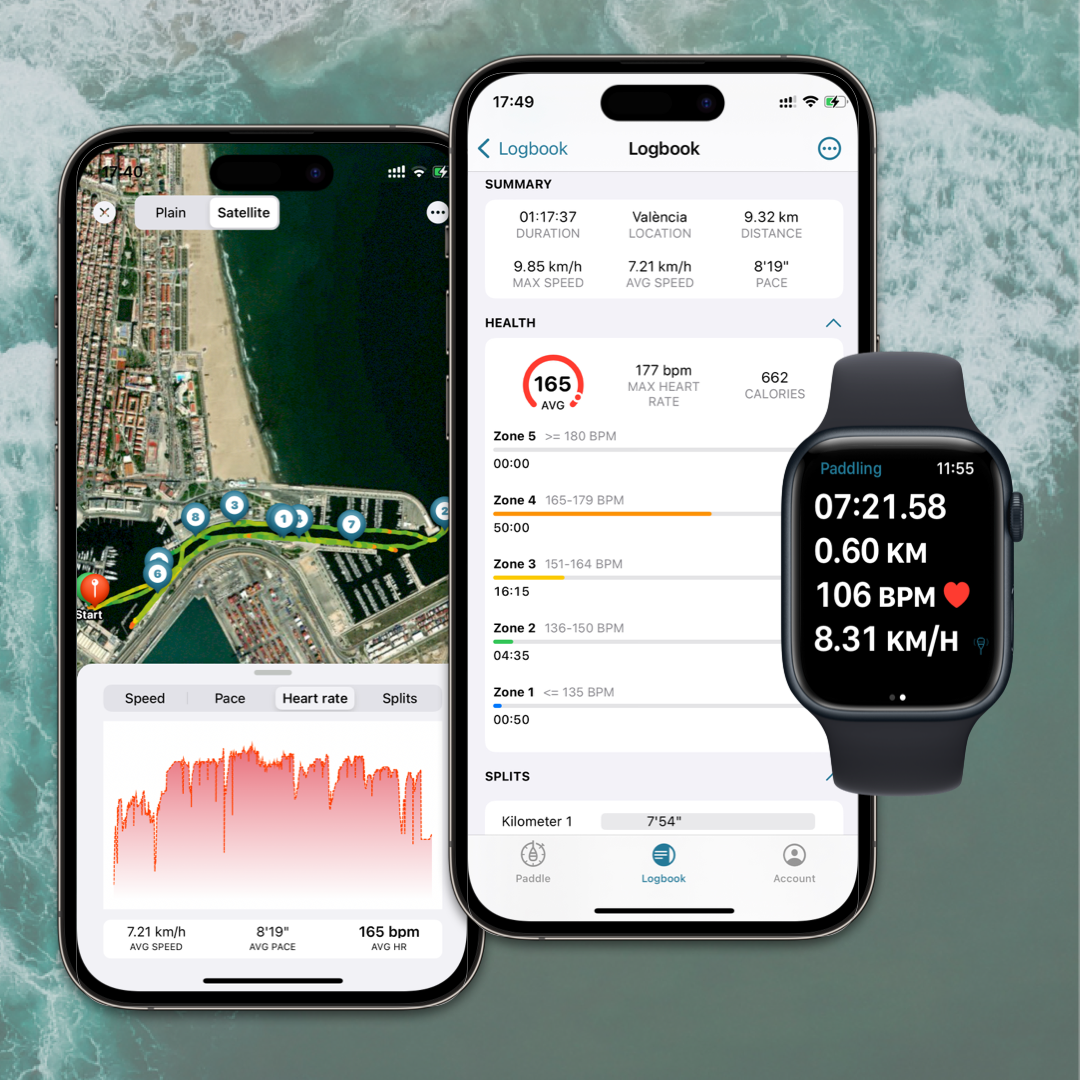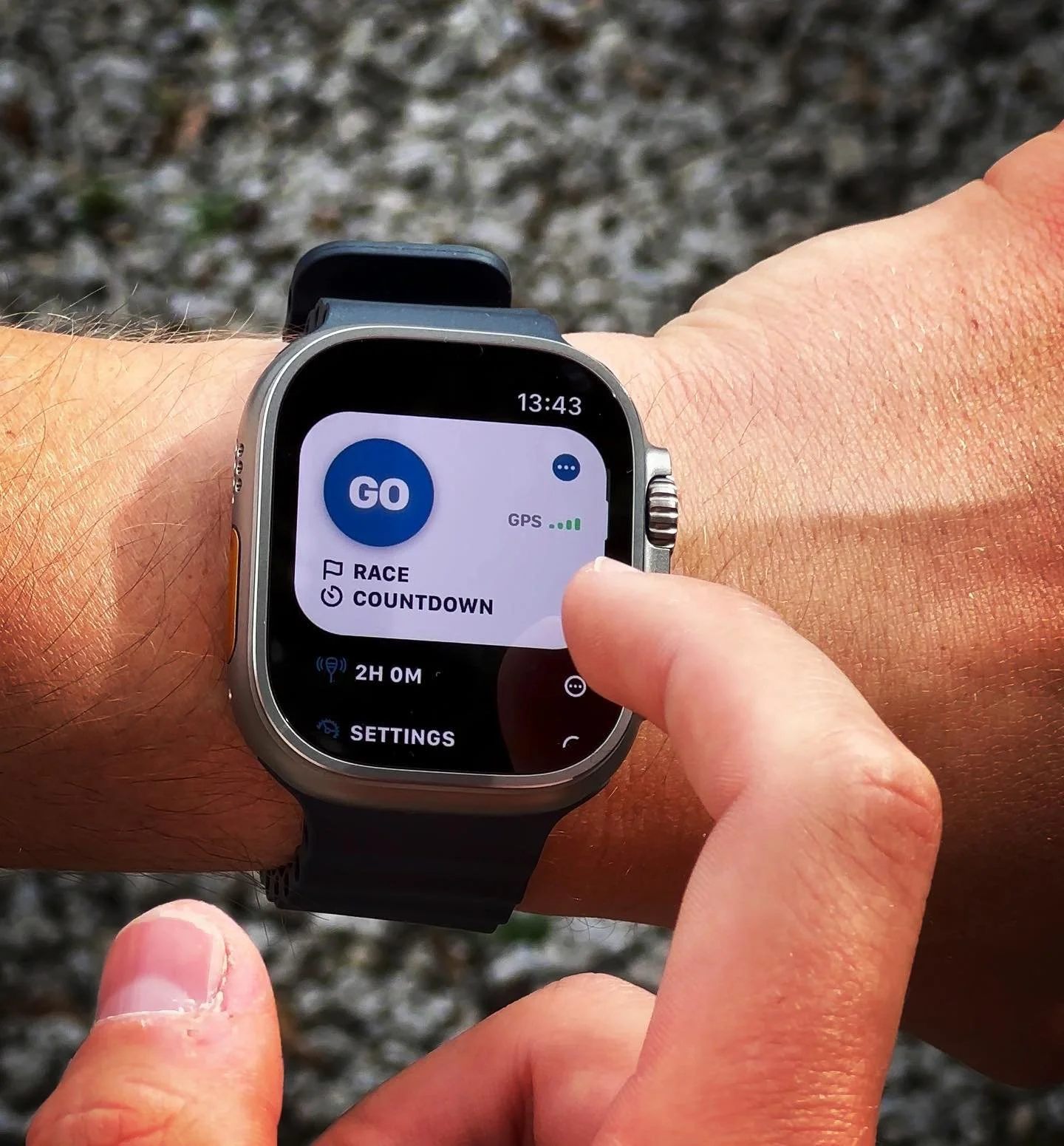Paddle Logger Pro Tips: Using your Heart Rate Zones
If you use Paddle Logger on Apple Watch, you’ll know that you can use it to track your heart rate and check out your heart rate zones after each session. For paddlers looking to improve their performance on the water, understanding and utilising your heart rate graphs and zones can be a game-changer. Whether you're a recreational kayaker, a competitive canoeist, or an avid stand-up paddle boarder, monitoring your heart rate during training sessions can provide valuable insights into your exertion levels, optimise your workouts, and ultimately enhance your paddling progress so that you can take it to the next level.
The Basics of Heart Rate Monitoring: Before diving into heart rate graphs and zones, let's cover the basics of heart rate monitoring. Your heart rate is a reflection of your body's physiological response to exercise, with intensity levels influencing your heart rate accordingly. By measuring your heart rate during paddling sessions, you can gauge the intensity of your efforts and tailor your paddle sessions to suit your goals.
Understanding Heart Rate Graphs: A heart rate graph visually represents your heart rate over a period of time, in Paddle Logger, it’s displayed as the number of beats per minute (BPM) across the duration of your session. When analysing your heart rate graph, look for patterns and trends that can provide valuable insights into your performance. For example, spikes in heart rate can indicate bursts of high-intensity paddling, while fluctuations or plateaus could signify changes in pace or rest periods.
Utilising Heart Rate Zones: Your heart rate zones categorise different intensity levels of exercise based on a percentage range of your maximum heart rate (MHR). By training within specific heart rate zones, paddlers can optimise their workouts to target different physiological adaptations and improve overall performance. Here's a breakdown of your heart rate zones whilst paddling:
Zone 1: Recovery
Ideal for warm-ups, cool-downs, and low-intensity paddling to promote recovery and enhance circulation.
Zone 2: Endurance
A sustainable intensity level for building aerobic endurance and improving paddling efficiency during longer sessions.
Zone 3: Tempo
Moderate intensity training which enhances cardiovascular fitness, increases speed, and develops your paddling stamina.
Zone 4: Threshold
High-intensity intervals or race pace efforts to improve your anaerobic capacity, power output, and race performance.
Zone 5: Maximum
All-out efforts reserved for short bursts of maximum exertion, such as sprint finishes or interval training.
How to Use Heart Rate Data to Improve as a Paddler: Now that you understand heart rate graphs and zones, let's explore how you can use this data to enhance your paddling performance:
Set Specific Goals:
Identify your paddling goals, whether it's improving endurance, increasing speed, or enhancing race performance. Tailor your paddling sessions so that you’re aiming to target specific heart rate zones that align with your objectives.
Monitor Intensity Levels:
During paddling sessions, pay close attention to your heart rate to ensure you're training within the desired intensity zones. Adjust your pace or effort level as needed to stay within your target zone for optimal results.
Track Progress Over Time:
Regularly review your heart rate data to track changes in performance and monitor improvements over time. Look for trends in your heart rate graphs, such as decreased resting heart rate or increased time spent in higher intensity zones, which could indicate improved fitness and endurance.
Incorporate Variety:
Incorporate a variety of training sessions targeting different heart rate zones to stimulate adaptation and prevent plateaus. Include long, steady paddles in Zone 2 for endurance, interval sessions in Zones 4 and 5 for speed and power, and recovery paddles in Zone 1 for active recovery and improved circulation
Listen to Your Body:
While heart rate data provides valuable insights, it's essential to listen to your body and adjust your training accordingly. Pay attention to signs of fatigue, overtraining, or injury, and modify your workouts as needed to prioritise your recovery.
As paddlers, heart rate graphs and zones allow us to optimise our training, track progress, and achieve performance goals more effectively. Whether you're aiming to increase endurance, speed, or race performance, heart rate monitoring provides valuable feedback to guide your training regimen and elevate your paddling performance to new heights. So, strap on your Apple Watch, press Go and paddle with purpose!


